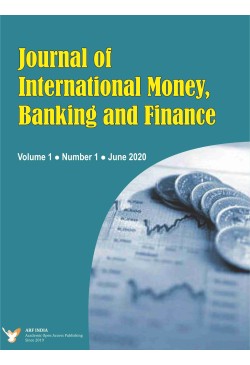The interesting properties of scale-free and small-world networks recently observed have triggered the attention of the research community to the study of real growing complex networks. In scale-free networks, most vertices are sparsely connected, while a few vertices are intensively connected to many others, indicating a “preferential linking” during growing. In small-world networks, the average length of the shortest path between two randomly chosen nodes is small. In this paper, we study the topological and dynamical properties of the network of shareholders (NOS) in 11593 different companies. Based on Graph Databases, we calculate all the well-known in the literature topological and dynamical properties of a network along with centrality measures of nodes of NOS, which quantify the role that a node plays in the overall structure of NOS. We prove that NOS is both a scale-free and smallworld network. An understanding of NOS helps in predicting the emergence of important new phenomena affecting portfolio management in general. Also, this work reveals the fact that graph databases could serve as an efficient tool for analyzing such network models for stock markets. To the best of the authors’ knowledge, this is the first study calculating all the well-known in the literature topological and dynamical properties for Market Investments Networks, that is based on graph databases.
Keywords: scale-free networks, small-world networks, graph databases, network of shareholders, network models for stock markets
JEL classification codes: C63, D83, G11
Kompothrekas, A., Boutsinas, B., & Kollias, K. (2022). Topological and Dynamical Properties of the Network of Shareholders in S&P 500 Companies based on Graph Databases. Journal of International Money, Banking and Finance, Vol. 3, No. 1, 2022, pp. 1-12. https://DOI:10.47509 /JIMBF.2022.v03i01.01
